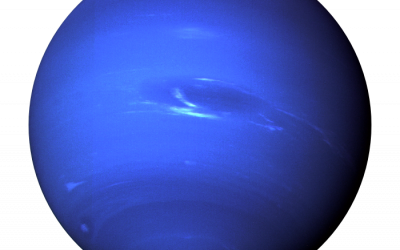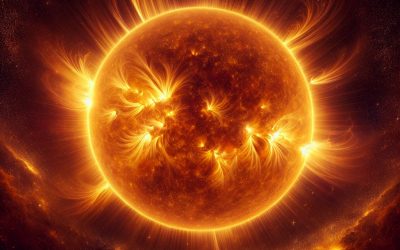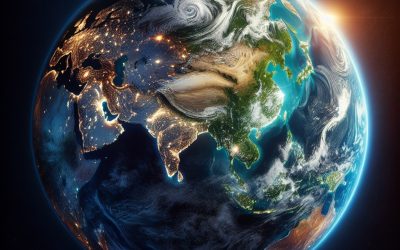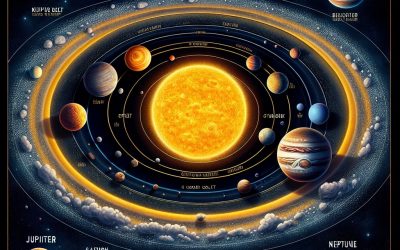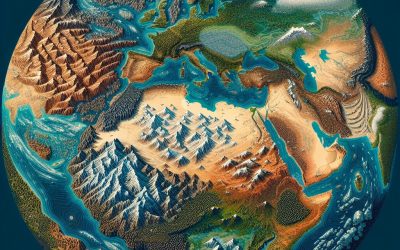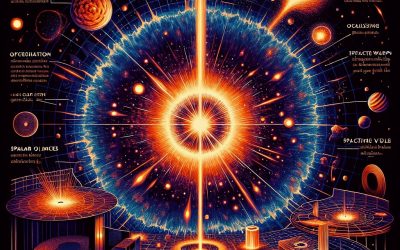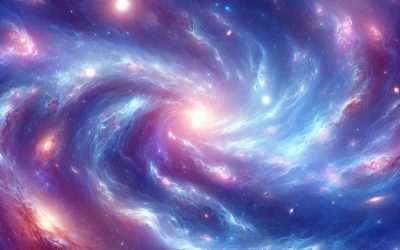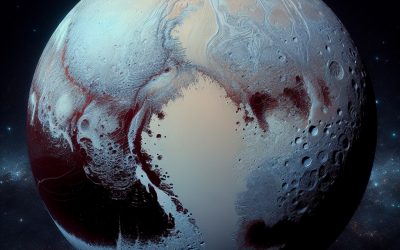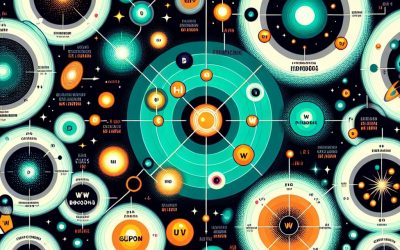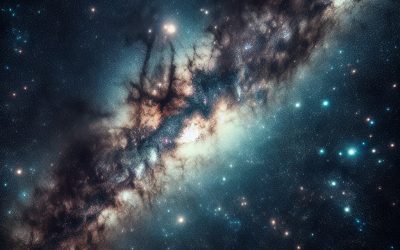Physics by Topic
Exploring Neptune: The Planetary Guide to the Eighth Planet from the Sun
Exploring the Mysteries of Neptune: The Eighth Planet in Our Solar System Welcome to the outer reaches of our celestial neighborhood, where icy giants and distant moons dance in the darkness. In this article, we’re diving deep into the enigmatic world of...
Venera 1: A Milestone in Venus Exploration
Introduction Venera 1, a Soviet spacecraft, holds a significant place in the history of space exploration. Launched on February 12, 1961, Venera 1 attempted the first ‘flyby’ of Venus, marking a groundbreaking milestone in our understanding of our...
Captain Bruce McCandless: The Man Who Defied Gravity
Introduction Captain Bruce McCandless was a pioneer and a true legend in the field of aerospace engineering. His remarkable accomplishments and groundbreaking innovations have left an indelible mark on the history of space exploration. In this article, we will delve...
The Sun Test
Your Sun Test may take a minute to load. If you have to navigate away from this page for any reason, don’t worry, you will have the option to resume your test from the point you left upon your return. The test may have multiple choice, multiple...
Planet Earth Test
Your Planet Earth Test may take a minute to load. If you have to navigate away from this page for any reason, don’t worry, you will have the option to resume your test from the point you left upon your return. The test may have multiple choice, multiple answer or...
The Solar System
THE SOLAR SYSTEM The Origin of The Solar System BasicAdvanced Around 5,000 million years ago the remnant of an exploded giant star (called a supernova) began to clump together under the force of gravity. These clumps were very small to start with but slowly as...
Geography of Earth
The Geography of Earth is unique in our solar system in that it is predominantly covered by water with the oceans covering 70.1% of the surface and with only 29.1% dry land (this is without taking into account all the lakes and rivers etc). Land Mass Continents...
Big Bang Theory
The big bang theory accompanied by inflation theory, is to date, the most accurate explanation for the creation of the universe. Naming the Big Bang Theory Prediction of the Big Bang The Big Bang from a Singularity Evidence of the Big Bang Theory The Big Bang...
Steady State Theory
Steady State Theory was a model to explain the observation of the expanding universe before the Big Bang Theory became a viable theory. The Problem The Answer What is Steady State Theory? Rise of the Steady State Theorists Problems with Steady State Theory Rise...
Pluto – the Dwarf Planet
Pluto is situated in a region known as the Kuiper Belt, a band that sits approximately 30-50 AU’s (astronomical units – the distance from Earth to the Sun) from the Sun in a ring shape that encompasses the 8 planets. Discovery Naming ‘Planet...
Standard Model of Particle Physics
The Standard model of particle physics (or quantum field theory) is the ultimate theory of everything. The standard model explains interactions between all subatomic particles and the fundamental forces. It is a work in progress, most recently updated in 2012 to...
Milky Way Galaxy
The shape of the Milky Way Galaxy is a Barred Spiral Galaxy. Made of hudreds of billions of stars the Diameter of the disk is 100,000 light years with the average thickness is about 2,000 light years. How the Milky Way Galaxy got its Name Early Discoveries of the...

